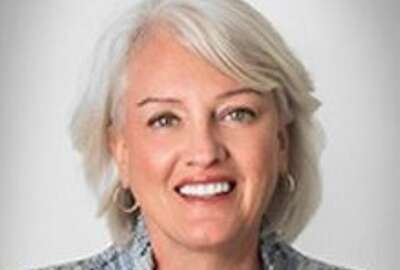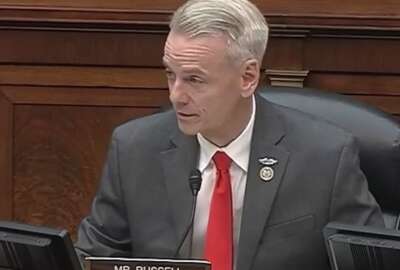
Digital services: All about the software
Agencies should pay attention to Apple's services software re-do.
As someone who follows Apple and uses some of its products — if I were smarter I’d have been an investor — I’ve been reading various dispatches about the departure of its famous design chief.
Jony Ives has a new design company which says it will have Apple as a client. But all the analysts are discussing whether Apple still has the mojo to create, in Silicon Valley parlance, “the next big thing.”
After all, the iPhone, of which sales are going down, is essentially the same product as was introduced 12 years ago, albeit much more refined. From where I sat watching local fireworks Thursday, just as many people filmed the display on their phones as actually watched it with their own two eyes. The Apple watch has had much less take-up. Mainly the company relies on price hikes and, increasingly, services — digital services, that is.
Services from Apple, as from any other company, require software. I wonder if the forthcoming Apple model will be something for federal agencies to emulate or to avoid. The model will certainly be worth looking at, as agencies ponder how to redo their own digital services.
At one time, people had a TV set for TV, a radio for radio, a stereo with perhaps multiple source devices (turntable, tuner and cassette deck) for music, and bookcases and magazine baskets for printed media. In a new update to its operating system, Apple will have a music app for music, a TV app for movies and TV shows, a book app for books, and a podcast app for podcasts. These will all replace the venerable iTunes app. Utilities for syncing and backing up your devices will move to Finder, the Mac equivalent of Windows File Explorer.
I gave up trying to create a music library on a device long ago. It all became too annoying to manage. As a listener of mainly classical and baroque music (I’m a J. S. Bach nut), I found the performers and libraries of yesteryear were hard to find. Plus the iTunes app grew more bloated and tedious with each iteration. Not a good front end for services any company wants to capitalize on.
No level of slick hardware design can overcome difficult software.
Maybe by blowing up iTunes into more focused, simpler apps, Apple will satisfy both users’ desires and its own growth goals? I haven’t ordered a song or even checked into the status of my account in years. Maybe when I update my devices to the forthcoming OS I’ll check it out. But the idea of having the hi-fi, bookshelf, radio and TV as separate but account-related and in one device (or set of devices) is appealing. It recognizes people’s journey maps, to use the current phrase.
Some agencies do show how the individualized account model of online services can work. Social Security has been at work for several years on its MySocialSecurity model as the gateway to the dozens of services and unlimited flavors of service, each depending on the individual’s circumstances.
Related Stories
Since digital services by government don’t come natively on a phone, agencies must make sure their websites are effective portals to the services.
I spent some time on the Agriculture Department website. It takes quite a few clicks before you can, say, download an application form for one of USDA’s nine types of farm loans. They weren’t difficult to find, but neither were they readily apparent from the home page. The sub-menus give you some idea of the range and complexity of these programs. USDA lets farmers manage loans online using what the agency calls Level 2 USDA eAuth accounts, which sounds similar to MySocialSecurity.
By contrast, the recently relaunched Department of Veterans Affairs website is a menu of services available to veterans. Agriculture features questions for the secretary, a prominent link to agency news and the like. Farmers need to do a little digging to get at what’s there for them. At VA, if you’re not a veteran, you have to do the digging for agency news.
USDA didn’t build a bad site, and it’s spent a lot of that IT Modernization Fund money improving its services to farmers. But the site could more strongly support these moves.
Copyright © 2025 Federal News Network. All rights reserved. This website is not intended for users located within the European Economic Area.
Tom Temin is host of the Federal Drive and has been providing insight on federal technology and management issues for more than 30 years.
Follow @tteminWFED






